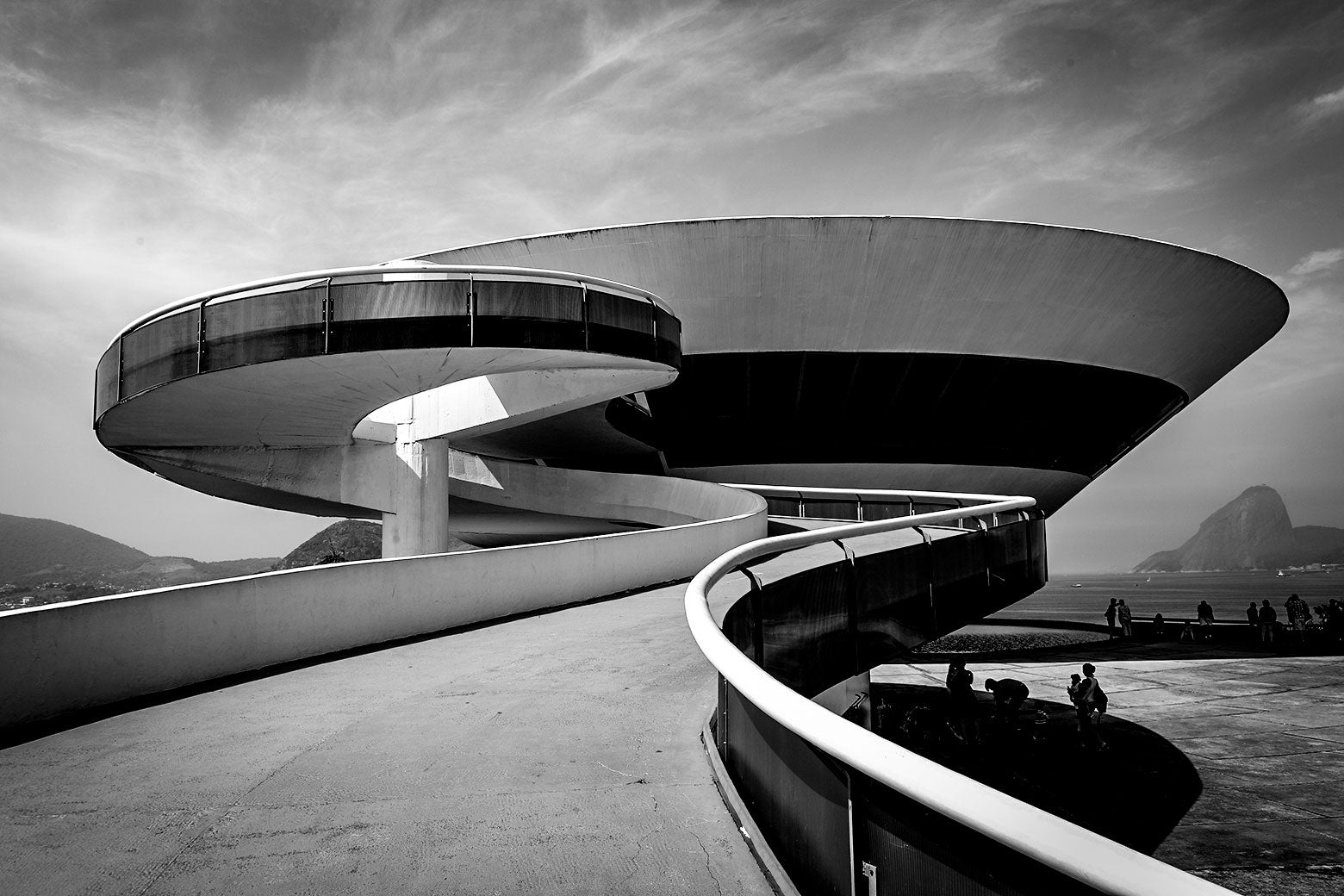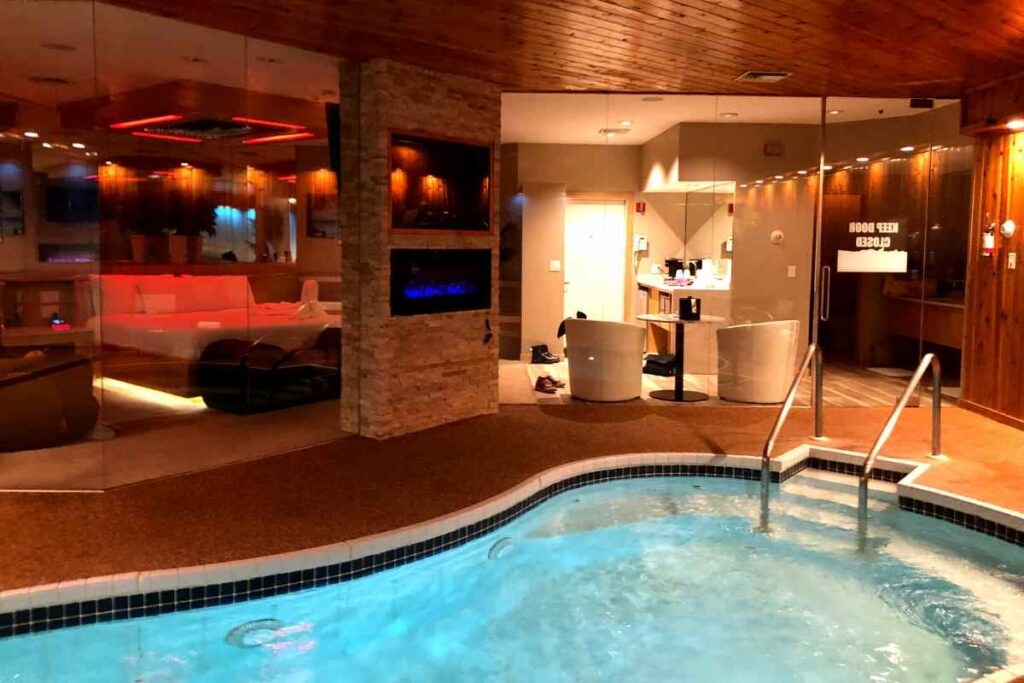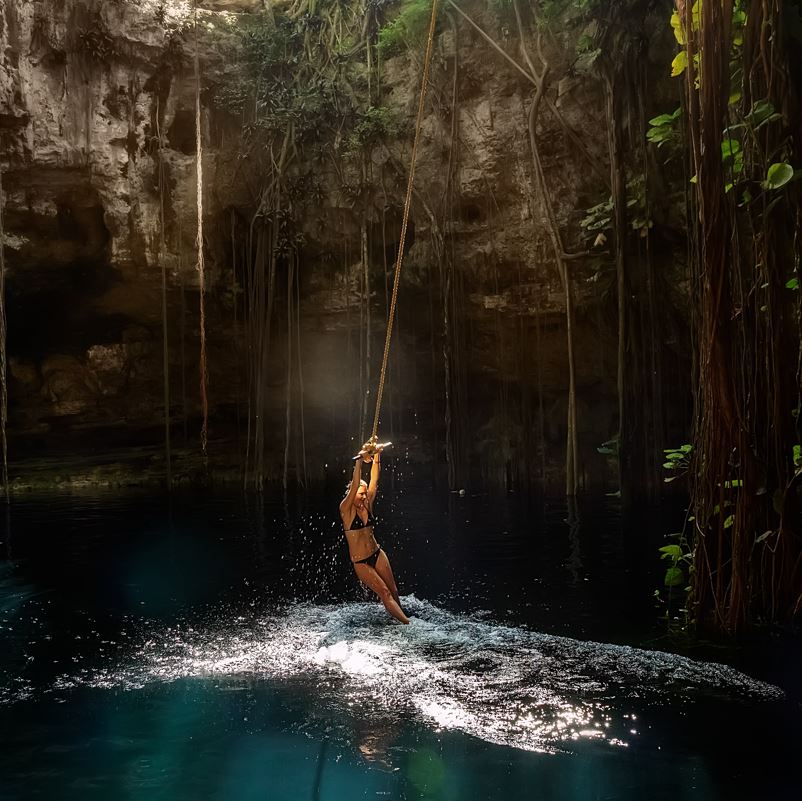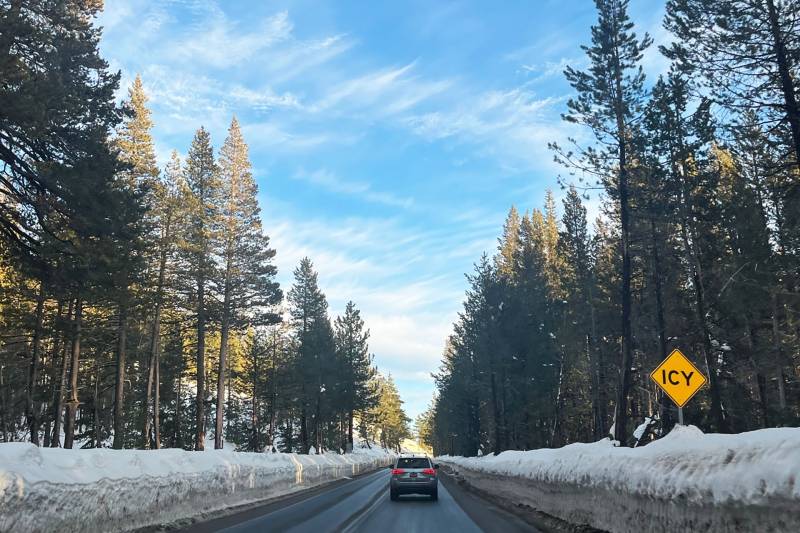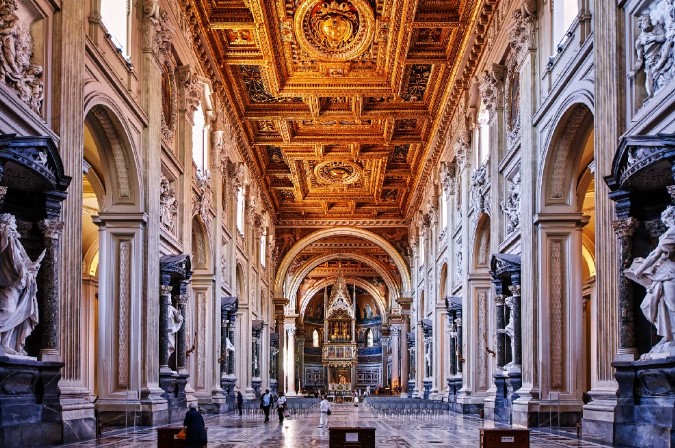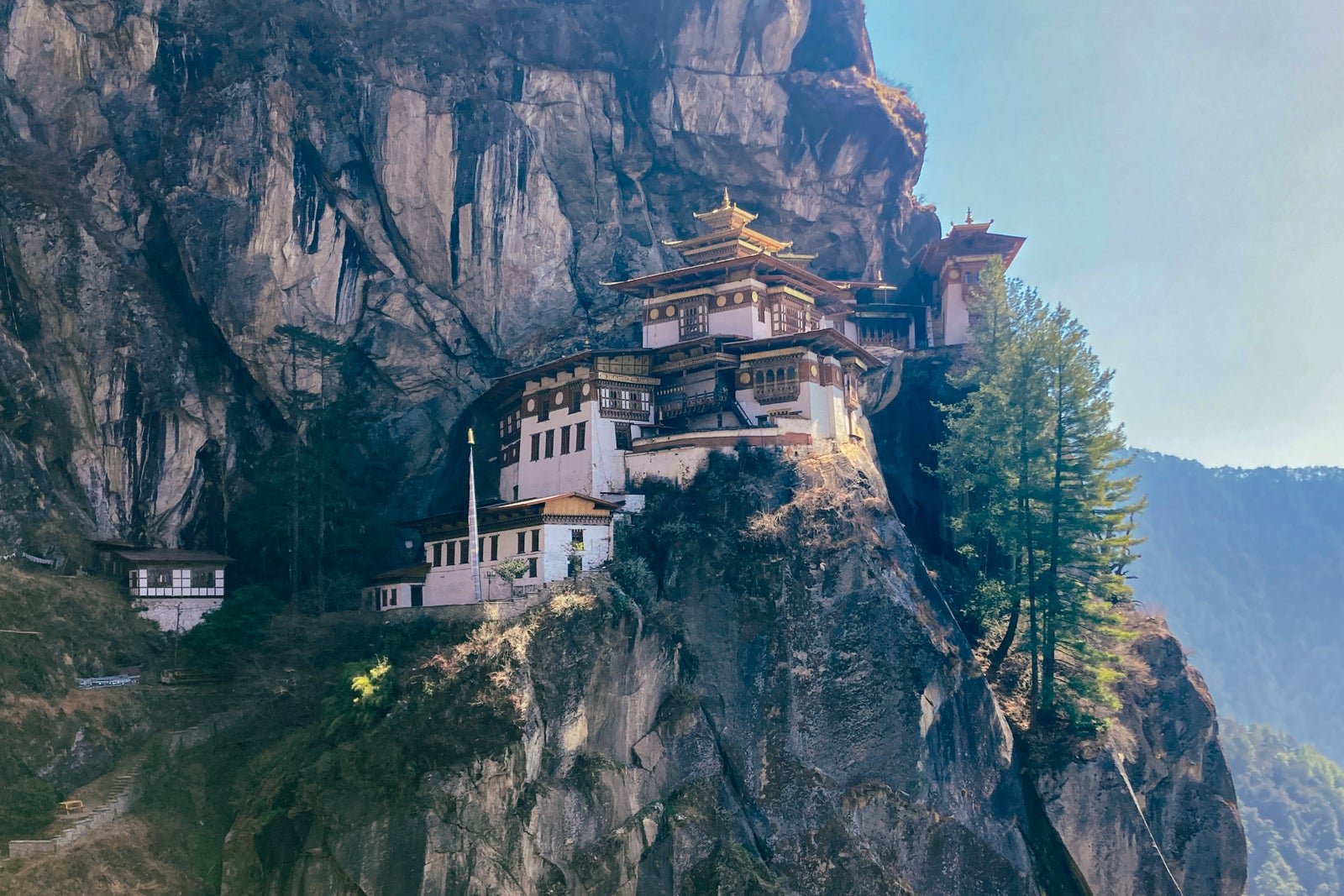
For travelers craving unspoiled nature, a less-crowded destination or an escape from life’s hustles, Bhutan is an ideal destination. Visiting the Land of the Thunder Dragon isn’t a simple or inexpensive trip to arrange, however, thanks to its remote location in the Himalayas.
Still, that complexity more than makes the effort worth it, as it adds to Bhutan’s charm. You won’t find giant shopping malls overrun with tourists, and you won’t encounter heaps of trash, either, as the country banned plastic bags back in 1999.
This way of life is intentional: The country prioritizes “Gross National Happiness” rather than gross domestic product. This means the Last Shangri-La (as it’s often called) limits how many tourists can visit annually — and it only opened to foreign tourists in 1974. Bhutan has strict rules in place to preserve its identity and its tranquility, so it can continue to offer idyllic experiences in a relatively untouched setting.
While this approach was easy to maintain during the worst of the coronavirus pandemic, when Bhutan decided to fully close its borders to foreigners, after nearly two years, the country started welcoming visitors again Sept. 23, 2022. But with that reopening came an overhauled set of tourism rules.
If you want to have a memorable trip to this picturesque destination, here’s everything to keep top of mind when planning a trip to Bhutan, one of TPG’s best places to travel in 2023.
Bhutan’s tourism rules
Visitors from Bangladesh and the Maldives don’t need permission to visit Bhutan, and Indian citizens only need preapproval from the government to enter. However, citizens from all other countries need a visa and must obtain it before traveling to Bhutan, as there is no option for getting one on arrival.
Additionally, all foreigners will need to pay a daily sustainable development fee, which subsidizes Bhutan’s national health care and education services for citizens and helps with the country’s “high value, low volume” approach to tourism. For Indians, this daily fee is 1,200 Bhutanese ngultrum (roughly $14.50). For other nationalities, the fee is now $200 per day for adults, with a 50{d8a8d447f05f03c64398acf0d3c5a745c9c41fc784ba89cd5aecd37177dc7d51} discount for children ages 6 to 12 (fees are waived for children 5 and younger).
Before September 2023, the visitor fee was $65 per day, though tourists also were required to book tour packages with government-established prices typically ranging between $200 and $300 per day — a policy that’s no longer in place. The removal of this tour package requirement, which included guides, meals and lodging, is welcome news to travelers who prefer to pick services a la carte and those who can use rewards points to cover some costs. It also makes it easier to budget for your trip, as the tour package fee would fluctuate depending on your chosen travel dates, unlike the revised visitor fee, which remains a set price no matter when you plan on visiting.
How to get a visa to visit Bhutan
Aside from the visa exemptions noted above, foreigners will need to pay a $40 visa application fee to visit Bhutan. It’s possible to pay for the visa application fee and the daily sustainable development fee online via the Bhutan Department of Immigration website.
Sign up for our daily newsletter
To apply for a visa, you’ll need to submit a scanned copy of your passport (which needs to be valid for at least six months past your visit to Bhutan), plus a passport photo and proof of travel insurance covering your visit.
After providing your travel details, such as flight and hotel information, and uploading your documents, you’ll have two options for payment: bank transfer or credit card. The website does not charge a fee for bank transfers, but your bank may assess a fee for international wire transfers. For payments made with an international credit card, you’ll incur a 4.75{d8a8d447f05f03c64398acf0d3c5a745c9c41fc784ba89cd5aecd37177dc7d51} fee, though this fee is often less than what banks will charge for international wire transfers. For example, my credit card fee was $20.90, well below the $35 fee my bank would’ve required had I opted to pay by international wire transfer.
Payments will report as “general” or “other” on your credit card statement when paying by credit card. Thus, you should use your favorite credit card for everyday spending since you won’t earn extra points through bonus categories.
How to get to Bhutan
Although this landlocked country shares borders with India and Tibet, only the border with India permits land crossings at three points: Phuentsholing (in western Bhutan), Gelephu (in central Bhutan) and Samdrup Jongkhar (in eastern Bhutan).
There are no trains in Bhutan, so land crossings are only possible by bus or car. Road permits are required for tour operators, though these aren’t needed if you arrive by bus.
Buses are available between Phuentsholing and two cities in India: Kolkata (roughly 18 hours away) and Siliguri (about four hours away). Once you arrive in Phuentsholing, you can then take a bus or taxi to Bhutan’s larger cities — but take note of the requirement for guides (covered below) when traveling through these regions.
Arriving by air is also possible. Most tourists get to Bhutan by traveling to Paro International Airport (PBH) near Paro, Bhutan’s second-largest city.
Paro’s airport is served by just two airlines: Bhutan Airlines (a private company) and Drukair (the national airline also known as Royal Bhutan Airlines). Both airlines fly between PBH and the following airports:
Drukair also offers domestic connections between PBH and Bathpalathang Airport (BUT) in Jakar, Gelephu Airport (GLU) in Gelephu and Yongphulla Airport (YON) near Trashigang, plus routes to these international airports:
- Hazrat Shahjalal International Airport (DAC) in Dhaka, Bangladesh.
- Singapore Changi Airport (SIN).
- Bagdogra International Airport (IXB) in Bagdogra, India.
- Gaya Airport (GAY) in Gaya, India.
- Lokpriya Gopinath Bordoloi International Airport (GAU) in Guwahati, India.
Ticket costs range from $110 per person each way for the shortest international flights to $550 per person for flights to Singapore. International airlines are not permitted to fly into Bhutan, which creates complications for award travel. You can’t book these flights with your favorite Oneworld or SkyTeam partners, and you won’t find these flights through the American Express travel portal or the Chase Ultimate Rewards travel portal. You must book directly with the airlines.
If you’re looking to use points and miles for flights to Bhutan, you have a few options for reimbursing yourself after buying a ticket:
Where to stay in Bhutan
While using points and miles for flights to Bhutan is tricky, there are a few solid options for booking award stays at hotels in Bhutan.
For travelers with Marriott Bonvoy points, there are two Marriott-affiliated properties to choose from as well: Le Meridien Paro, Riverfront and Le Meridien Thimphu. Both hotels are bookable with 35,000-point free night certificates most nights of the year.
1 of 2
Le Meridien Paro, Riverfront. MARRIOTT.COM
IHG has a few Six Senses properties in Bhutan, too, but unfortunately, none of them can be reserved with IHG One Rewards points. Additionally, stays at these Six Senses outposts in Thimphu, Punakha, Paro, Gangtey and Bumthang do not come with elite benefits if you have status with IHG’s loyalty program.
There aren’t any options for using points from Hilton Honors, Wyndham Rewards or Best Western Rewards, but you can find hotels in the travel portals for American Express, Capital One, Chase and Citi, making it possible to use credit card points to pay for accommodations.
None of Bhutan’s hotels are available with American Express Fine Hotels + Resorts, Amex’s The Hotel Collection or Capital One’s Premier Collection. One hotel is available in Chase’s Luxury Hotel & Resort Collection, but you can’t redeem Chase Ultimate Rewards points for these bookings.
Related: A comparison of luxury hotel programs from credit card issuers: Amex, Chase and Capital One
To get around this issue of using points for hotel bookings, consider reimbursing yourself for expenses after making your hotel reservation.
The best things to do in Bhutan
Trekking in the mountains is an extremely popular activity in Bhutan, and you’ll find a range of trails for all skill levels, all seasons and all budgets.
1 of 2
Jomolhari base camp in Thimphu region during the Jomolari trek in Bhutan. DUCOIN DAVID/GETTY IMAGES
If you’re interested in experiencing nomadic life and the birthplace of yeti myths, visit Merak village in the far east. This area only opened to tourism in 2012 and is the home of the seminomadic Brokpa people, many of whom have stories of personal encounters with the fabled yeti.
Travelers who want to enjoy nature can find plenty of it in Bhutan thanks, in part, to the government mandating 60{d8a8d447f05f03c64398acf0d3c5a745c9c41fc784ba89cd5aecd37177dc7d51} of its land be covered by forests. Head to one of Bhutan’s five national parks to take in the stunning scenery.
Phrumsengla National Park, in the center of the country, is a bird-watcher’s paradise, while Royal Manas National Park, near the border with India, is home to tigers, elephants, rhinos, leopards and golden langurs. Allot more than one day for wildlife viewing in case you don’t spot the critters you wish to see during your first outing.
The most popular site in Bhutan may be Paro Taktsang (the Tiger’s Nest). It was built in 1692 on the site where locals believe Guru Rinpoche (a national hero who brought Buddhism to Bhutan in the eighth century) prayed and meditated for three months before fighting an evil that was afflicting the locals. According to legend, he arrived by flying on a tigress — thus the site’s name.
It’s possible to visit the Tiger’s Nest during a daytrip from Paro or Thimphu, though you’ll need to have at least a moderate fitness level to access the site, as it’s built into the side of a mountain. The hike starts at a parking lot next to a ticket booth that sits approximately 7,000 feet above sea level, so you may want to wait at least one day after arriving before taking this trip if you’re unaccustomed to high altitudes.
The temple is another 1,700 feet up the mountain, and reaching it typically requires two to three hours of walking for most people, plus several hundred stairs.
Hikers should begin when the ticket booth opens at 8 a.m. to avoid hiking during the hottest part of the afternoon. Guides advise that visitors with moderate fitness ability can return to their hotels for a late lunch, while those who move slower or take many breaks will need longer to see the site and can expect to return to their hotels at dinner time.
Determining whether to hire a guide
Is hiring a guide necessary for visiting Bhutan? In short, no.
Still, Bhutan’s Department of Tourism says, “A guide is strongly recommended.”
“Guides … help look after the safety and security of the visitors, as there are wild animals in the countryside, and the altitude and landscape can sometimes pose unique challenges.”
Though the Department of Tourism says guides don’t need to accompany visitors for activities such as dining at restaurants and shopping, it’s “recommended” that guides are employed “for experiences such as visiting temples and local places of interest, and it is mandatory to have a guide for all trekking activities and for any journeys that extend beyond Thimphu and Paro.”
And, as mentioned earlier, visitors who enter Bhutan through land borders are required to have guides when leaving the border towns.
“If visitors follow the itineraries or journeys set by hotels,” the Department of Tourism adds, “they will not need a guide as they will already have a guide who will be arranged by the hotel.”
Based on this guidance, it’s possible to visit Thimphu (the capital and largest city) and Paro (near the international airport) without a guide. Hiring a guide is recommended but not required in these areas, meaning you can find your own transportation and travel more independently. Beyond these areas, guides are mandatory.
If you don’t hire a guide in Thimphu or Paro, ensure you have the phone number of your hotel with you at all times, as you will need to give this to go inside temples and at passport control when entering Bhutan.
The best time to visit Bhutan
Before September 2022, costs for the sustainable development fee fluctuated. Prices were higher during peak tourist times and lower during the offseason. Thus, traveling during the cold winters could lead to savings.
Now, the visa and sustainable development fee costs are the same throughout the year, meaning there’s no longer a financial advantage to braving the Himalayan snowfalls and chilly winters.
So, when should you visit Bhutan? Here’s what to expect for each season in terms of trekking and festivals:
- Winter: It’s possible to hike and trek throughout the year in Bhutan. Plan for low-altitude, shorter treks in winter to avoid snow and unpredictable weather at higher altitudes. Dec. 17 is National Day, which is tied to the coronation of the first king, Gongsar Ugyen Wangchuck, in 1907. On Jan. 2, you can attend the Nyilo festival, which celebrates the sun’s return and is a traditional day of offering. February sees Losar, Bhutan’s Lunar New Year festival, and birthday festivities for Bhutan’s current (fifth) king, the Druk Gyalpo, on Feb. 21.
- Spring: Thanks to the abundant flora and fauna, spring is one of the best times for trekking in Bhutan. However, trails may still be wet from the recent snowmelt. In April or May, Zhabdrung Kuchoe celebrates the life of Zhabdrung Ngawang Namgyel, who unified Bhutan. May 2 also is a holiday: the birthday of Bhutan’s third king.
- Summer: This is monsoon season. Treks are difficult and unpredictable but can provide great opportunities for reaching religious landmarks and ceremonies in Bhutan’s less-visited regions. Several summer festivals have dates that change yearly based on the lunar calendar, including Lord Buddha’s Parinirvana (the date Buddha attained enlightenment).
- Fall: Autumn is an ideal time for hiking through Bhutan’s mountains. Trails begin to dry out and are at their best quality of the year, and the weather is excellent. Clear skies provide breathtaking views of the mountains. Near the end of September, Blessed Rainy Day celebrates the end of the rainy season and the autumn equinox. The Dashain festival in October is the most important holiday for the country’s Hindus, as it’s when believers celebrate Rama’s victory over evil. Nov. 1 is the anniversary of the king’s coronation, and Nov. 11 is the birthday of the fourth king. Additionally, Lhabab Duchen, which celebrates Buddha’s descent from the heavens to Earth, happens every year in October or November.
Bhutan’s many festivals are a highlight but also draw more tourists, making hotel rooms difficult to find. Plan ahead when visiting around these holidays, and be sure to check specific dates, as the dates for many holidays shift annually.
Getting around Bhutan
Unfortunately, tourists can’t rent a car or drive in Bhutan. Public transportation is also lacking in many areas, though taxis are available for rides between Paro (including the international airport) and Thimphu (the capital).
When you combine the transportation issues with the requirement for a guide when traveling beyond Paro and Thimphu, tourists who want to visit Bhutan independently won’t have access to large portions of the country.
However, visitors with a guide will have a few options aside from driving. There are guided treks and cycling tours, as well as a limited number of domestic flights and helicopter charters.
The cost of traveling to Bhutan
When planning a trip to Bhutan, you’ll need to consider multiple factors: flights, hotels, visas, meals, daily tourist fees, entrance charges for select attractions and tour guide services. Ultimately, though, the amount you spend will depend on how long you stay in the country, with each day costing at least $200 per adult before other details are accounted for.
One-way flights start around $115 per person and can climb to above $500 per person, depending on how far you’re flying. While shorter distances lead to cheaper prices, don’t forget to factor in the ease and cost of reaching those destinations. It may be easier (and therefore a better option overall) to transit through Bangkok or Singapore instead of Kathmandu or New Delhi.
Remember to look into visas for countries you fly to on the way to or from Bhutan as well, since some destinations require you to clear customs to check in for your next flight. This can add extra costs on top of the $40 visa fee and the $200 daily sustainable development fee Bhutan charges.
As for lodging, cash prices at Bhutan’s hotels vary greatly depending on the property you choose. You could pay as little as $15 per night for basic accommodations or more than $1,500 per night at all-inclusive properties providing guests with meals, spa services and activities.
The advantage of booking hotels where meals are included — or where there’s an on-site restaurant — is that you won’t need to search for places to eat, carry cash to pay for food and arrange transportation to and from dining venues. Factor this into your decisions when budgeting for meals. If you decide to stay at a hotel where food isn’t provided, expect to pay anywhere from $3 for fast food to $20 per dish at an upscale restaurant.
Many of Bhutan’s monasteries, temples and museums require foreigners to pay admission, so be sure to factor visits to these attractions into your budget as well. You can find the entrance costs for popular sites here. Most entry fees will set you back about $13 per person.
Should you decide to hire a guide, expect to pay approximately $100 for a guided daytrip to regional temples and a hike to the Tiger’s Nest; longer guided treks will be more expensive and should be negotiated in advance.
How to pay for trip expenses
It’s possible to pay for flights, the sustainable development fee and visa applications online with a credit card. It’s also possible to pay by card at larger, tourist-focused hotels — though you may incur a convenience fee for credit card payments.
However, cash is required to pay entrance fees at attractions, buy food at local restaurants and hire a taxi. If you don’t order currency before your trip, you can exchange foreign currency at the airport and most tourist-centric hotels, or withdraw money from an ATM in Paro’s airport.
Additional tips for visiting Bhutan
Before you apply for your visa and pay the sustainable development fee, you should confirm your travel plans. That’s because your visa will be issued for the exact dates of your trip — the dates you stated as your arrival and departure, backed up by tickets and hotel reservations. It will not be approved without these, and it will be issued only for the days you can prove you are visiting Bhutan.
Once you’ve decided on your dates, check flight schedules with Bhutan’s two airlines for availability based on your proposed itinerary, as seats on flights to and from Bhutan fill up quickly. Some destinations are served multiple times a week (such as Delhi, with six flights per week), while others operate seasonally. After finding flights into, out of and within Bhutan, check these against flights from your home airport. You will need to fly to India, Thailand, Singapore or Nepal before your trip to Bhutan.
After confirming your flights, finalize any plans with a guide (if you’re using one) and book your hotels. If you’re using a guide for your entire trip, the guide can apply for your visa on your behalf and take a single payment covering everything other than flights, including hotels, meals, activities and the daily sustainable development fee.
Following the submission of all the required documents, you should receive your visa within a week of applying. Ensure the information is correct, then print this document. You’ll need to show it when checking in for your flight to Bhutan and at passport control.
